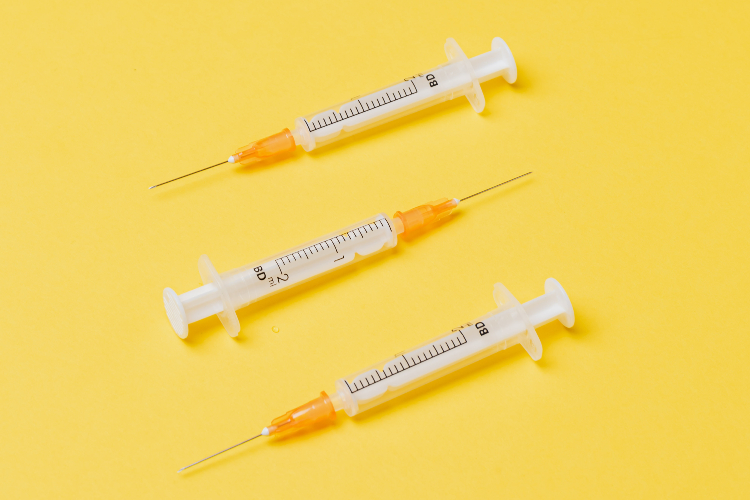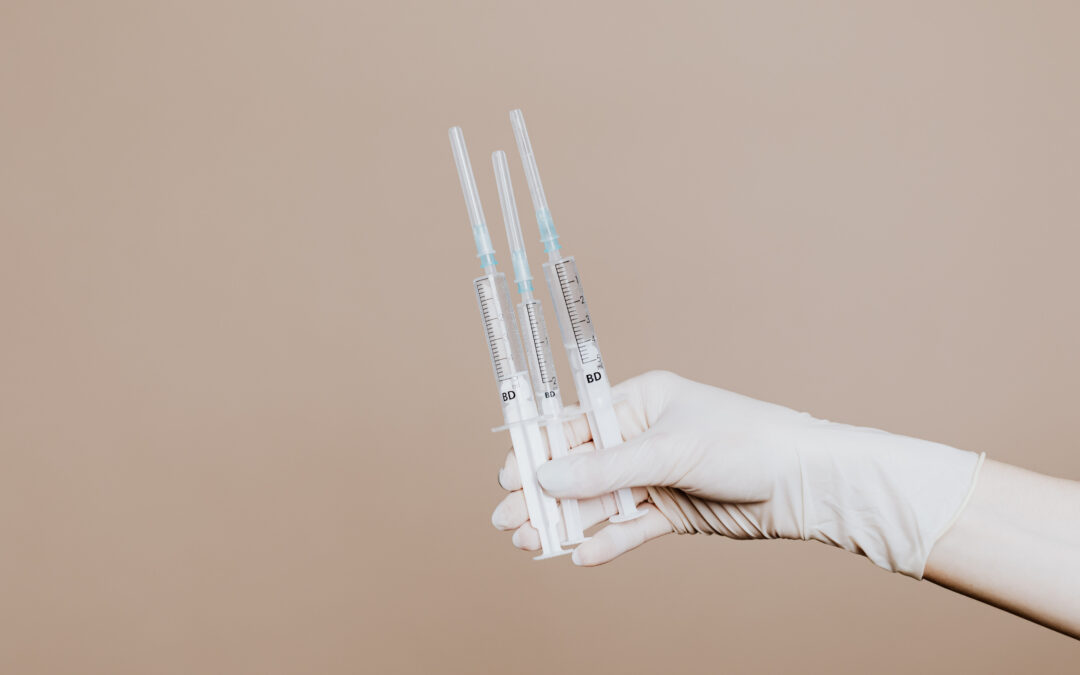Injection drug users (IDUs) have unique difficulties and a different level of shame and humiliation around intravenous (IV) drugs. The stigma around injecting drugs and the significant health risks involved make addiction treatment a necessary measure.
If you suspect that someone close to you is using IV drugs, you will need to look out for signs of shooting. This resource will inform you about track marks, other signs of IV drug use, and evidence-based treatment to achieve recovery.
Most drug users do not start using in the form of injection, but rather by snorting, smoking, or swallowing. The road to injection usually takes time while building up a tolerance and dependence to the substance. This method of transmission becomes more appealing because of the effects of an immediate, powerful high. Drugs such as heroin, prescription opioids, cocaine, methamphetamines, and prescription stimulants can be injected through a vein into the bloodstream.
What Do Track Marks Look Like?
The ability to identify track marks is one way to detect use. Track marks can be dangerous and potentially cause physical harm to the body. These scars are a result of injecting drugs, with the injection site typically found on the person’s non-dominant arm. The appearance of track marks will appear different depending on several factors which include:
- The frequency of drugs being injected
- How recently drugs have been injected
- The sensitivity of the user’s skin
- Any possible underlying health conditions
A new IV drug user who is not using as often may appear to have small holes or scabs and some bruising. Their body has more time to heal in between injections when they are not shooting up every day. As the IV drug use progresses, users will have dried, cracked skin that may look infected (e.g. irritated, inflamed, or emitting discharge). Skin infections and scar tissue buildup are common indicators that the individual is regularly shooting up. Repeated injections to the same vein will appear darker and raised, making the track marks stand out.
When the injection site becomes scarred, infected, bruised, or damaged with collapsed veins or lesions, the site becomes painful and nearly impossible to access. The individual will then move to another area of the body like the forearm, upper arm, hand, neck, feet, leg, and femoral vein. Several researchers will consider the injection site as a measure of the severity of injection drug use. The user will likely try to cover the injection site if it is visible by using clothing, make-up, or even a tattoo.

Physical Signs of IV Drug Use
The physical or in this case, the tell-tale signs of shooting can be the best way to know if someone is using. Although it is important to note that the individual will try to hide all physical evidence. The most obvious signs that are also damaging to the user include:
- Track marks – Possibly the most common way to recognize that someone is shooting up. Again, these track marks can be located all over the body from the arm to the sole of the foot.
- Skin infection or skin popping – Individuals who use IV drugs generally do not take proper care of their skin at the injection site. The buildup of bacteria can lead to skin infections, cysts, and ulcers. When accidentally injected into a muscle, the person will then have scar tissue build up, referred to as skin popping.
- Vein damage – When a needle is being repeatedly injected into the same site, this causes vein damage and leaves bruising. In some situations, the vein can collapse and cut off blood flow. Collapsed veins can become permanent for chronic IDUs.
More Signs of IV Drug Use
If you are unable to find the physical signs of an intravenous drug user, there are other ways to tell if someone is using. These signs include but are not limited to:
- Irritability – The feeling of agitation can be the underlying cause of a disease, such as a drug addiction.
- Weight loss – This is a common sign for an individual struggling with a substance use disorder (SUD). IDUs can show a sudden loss in weight due to the drug’s effects of a decrease in appetite.
- Inappropriate clothing in certain situations – Users will use clothing to cover up track marks and other physical evidence on their bodies.

What Are Syringe Services Programs?
Syringe service programs (SSPs) are available in many communities and are sometimes called syringe exchange or needle exchange programs. These programs are places where people with an intravenous drug addiction can get new needles, testing, education, and other services to help stop abusing drugs. Sharing needles can put you at risk for health issues such as HIV, hepatitis B, and hepatitis C. SSPs are known to be an effective, comprehensive approach to preventing and spreading diseases while not increasing substance abuse.
Do You Or A Loved One Need Help?
Looking for signs of IV drug use can be overwhelming and scary. If you know or suspect a loved one may be using intravenous drugs, give us a call today. At Healthy Life Recovery, we can help guide you through the next steps and provide an individualized treatment to help achieve recovery.
Call Now
We're Here To Help!
Location
4747 Mission Blvd, Suite #6
San Diego, CA 92109






